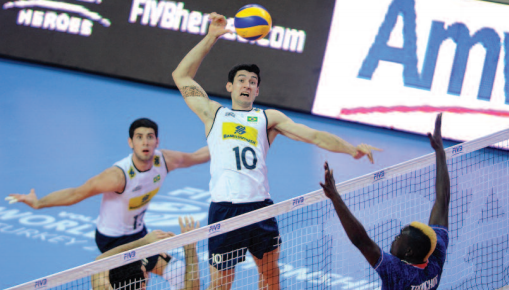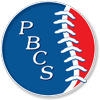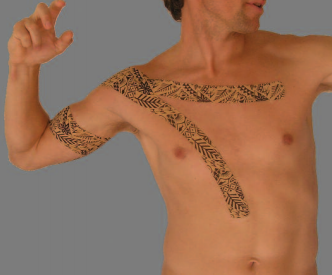By Keith J. Cronin of Dynamic Tape ®
Matt Harvey and Stephen Strasburg are two of many young pitchers who have found themselves on the disabled list for a long period of time because of elbow, tendon or shoulder issues. The trend is happening more and more as younger pitchers throw more innings and put more pressure on their throwing arm. Generally speaking, baseball injuries, specifically to pitchers, occur because of overuse of the arm, and happen gradually over time. A premium has been put on innings pitched and pitch count maybe more so than ever before as guys like Strasburg, Harvey and others are far too valuable to their team to run them into the ground.
Soreness and fatigue often play a significant role in the career span of a pitcher. The days in between starts are often filled with numerous rehab methods like ice, tape, and stretching. But the injuries are not reserved to the professional athletes. Teenage athletes and sometimes even younger than that are finding themselves with soreness, tendon pulls and setting themselves up for the risk of greater injury as they get older and continue to throw.
So how do you get a hold of this at an early age? How can you reduce the load on your arm thereby preserving it not only for this season, but for your baseball future? Ryan Kendrick, CEO of Dynamic Tape thinks he has the answer, and while it may be unorthodox for baseball, the trend is starting to catch on having been adopted by other throwing and hitting sports like volleyball, handball, tennis and cricket. Kendrick has developed a biomechanical tape that when worn, takes the load off the tendons, allowing you to transfer some of the strain to the tape and give your body a break.
“We assess the biomechanics to identify faults that may be increasing the load on vulnerable structures. We can then develop a treatment approach including taping to address this. Some athletes have great technique or do not want to tweak their technique. We can then use the Dynamic Tape within their current movement pattern to directly absorb load,” Kendrick said.
“The more force you load on your arm, the more pain the tape will help to deal with the strenuous biomechanics of the throwing motion by working like a bungee cord to provide load absorption, particularly in late cocking and then recoils to transition into early acceleration to the plate. An alternative application may be to decelerate the limb and shoulder girdle in the follow-through when distraction forces are at their maximum.”
You may have seen athletes at the 2012 London Olympics all “taped” up and wondered what they were doing? The methodology is very popular in Europe and is now making its way to the major sports in the United States.
Pitchers as young as six years old are throwing curveballs and working on their slider. The repetitious strain of throwing those types of pitches can lead to inflammation in the elbow, microscopic trauma and in the long run, a tear in the ulnar collateral ligament (UCL). Children are encouraged not to throw these pitches until an older age when their ligaments are fully developed. Starting too early will wear down the ligament and pitching while fatigued transfers more of the load to the ligaments rather than the muscles. The Dynamic Tape will absorb that load and transfer the strain to the tape—taking some of the pressure off of the tendon or ligament.
Kendrick adds, “When a pitcher gets hurt, one of the most common denominators is poor mechanics. To throw a baseball properly, a pitcher must go through a range of movements at the correct time. Any disruption in the process often causes problems at the weakest points, most often the elbow or shoulder.”
By providing some of the resistive force, taping an athlete reduces the eccentric demand on the muscle and delays fatigue. Fatigue also results in deficits in proprioception or body awareness. It is suggested that the large degree of sensory input along with the joint approximation forces provided by the Dynamic Tape will improve proprioceptive function.

Interestingly, in later stages of tendinopathies the tendon loses its own energy storage and release capacity. The tendon becomes soft and deforms under the load. It loses its own spring to some extent. By using the tape to wind-up and then release back, players often feel that they have a bit of spring back in their windup and release. Functionally it permits them to continue at a similar level despite the deficits of their own musculoskeletal system.
Since Tommy John’s Ulnar Collateral Ligament Reconstruction groundbreaking surgery in 1974, hundreds of players have undergone the surgery that now bears his name. Washington Nationals $20 million phenom (he has made 19.3 since he was drafted) Stephen Strasburg had UCL reconstruction in the 2012 season, ending what could have been a promising season. The Nationals treated their starting pitcher with extreme delicacy. But, the fact of the matter is, when athletes throw at such high velocities, injuries are bound to happen. The human arm isn’t made to withstand such stress season after season.
“If an injury has occurred, such as tendinopathy or bursitis in the shoulder, Dynamic Tape can be used to take the weight off the upper limb, improve scapula position and motor control strategies. This reduces the load on those injured tissues, which reduces pain and the muscle inhibition. As a result, it improves muscle function. The tape allows those tissues to recover as they have less of a load on them 24 hours a day.”
In some cases it is now used the day after rotator cuff repairs as the reduction in load reduces pain and improves position, which allows early appropriate movement which has many benefits again on reducing pain and also reducing swelling. This prevents stiffness and encourages stronger scar formation in response to the controlled stress
In this new era of baseball and the training that goes along with it, players are being monitored from their first day on the mound till their last. Players, parents, coaches and trainers are going to any extreme to extend the longevity of a playing career. So my question to you is why wouldn’t you try something that is going to prevent stiffness, reduce shoulder and elbow pain, and help recovery time?


